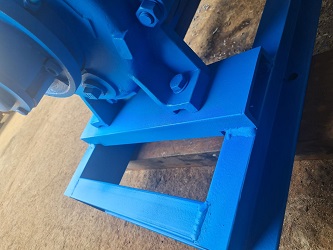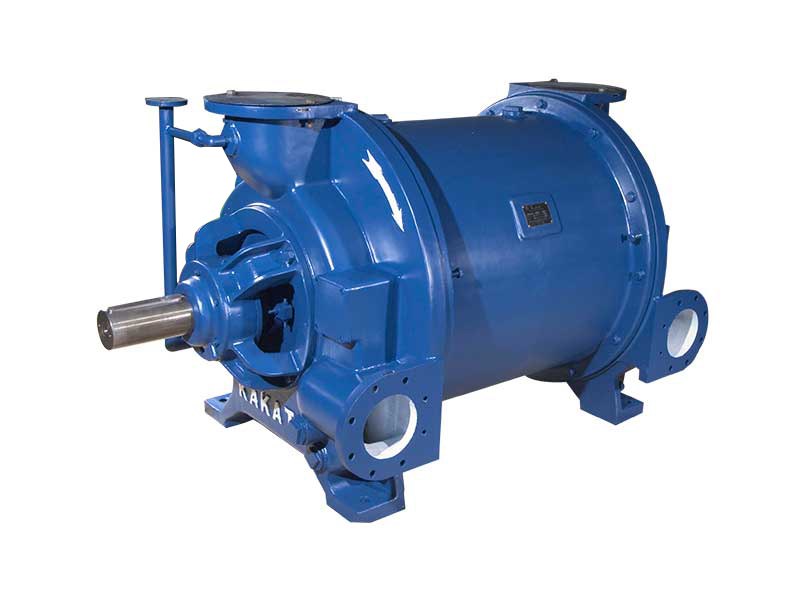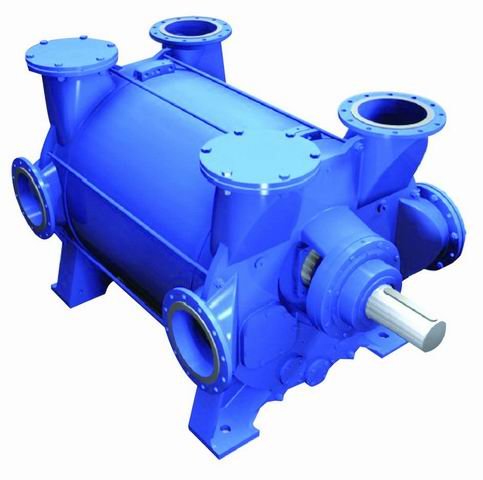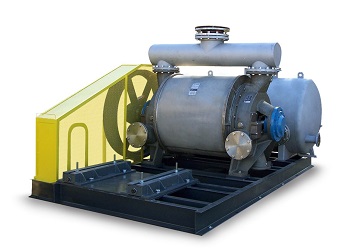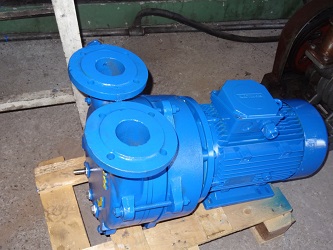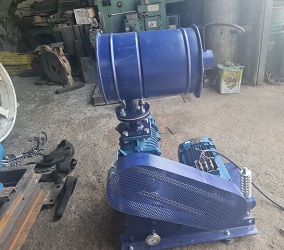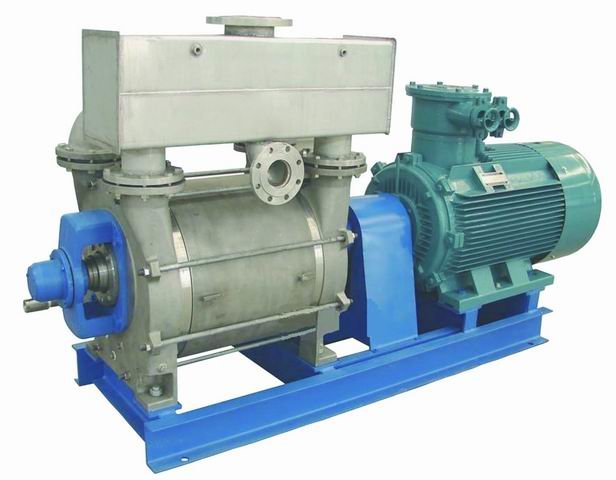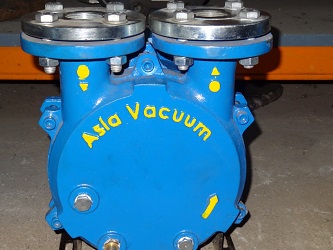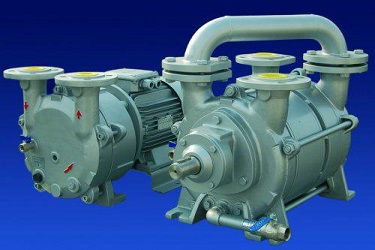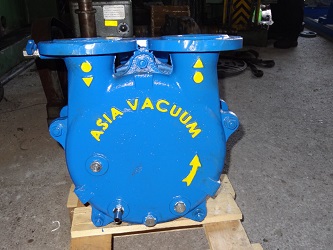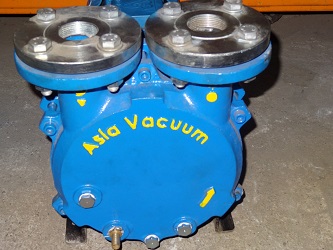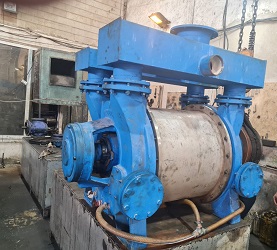How to select lab vacuum pumps
To select a lab vacuum pump, consider the required vacuum depth, pumping capacity, whether an oil-free pump is needed, the types of solvents used, and ongoing costs. Additionally, assess the
pump’s noise level, chemical compatibility, and any necessary accessories or maintenance requirements.
This video explains the basic principles of vacuum pumps and how to choose the right one for your application:
- Vacuum Depth and Pumping Capacity:Determine the minimum pressure (vacuum depth) needed for your application and the volume of gas the pump needs to handle (pumping capacity).
- Oil-Free vs. Oil-Lubricated:Oil-free pumps are generally preferred for lab use due to lower maintenance and reduced contamination risk, but they may not achieve the same vacuum depth as oil-lubricated pumps.
- Chemical Compatibility:If working with corrosive solvents, ensure the pump has a corrosion-resistant flow path to prevent damage and avoid the need for cold traps.
- Noise Level:Consider the noise generated by the pump, especially in a lab environment where quiet conditions are desired.
- Cost:Factor in the initial purchase price, energy consumption, and ongoing maintenance costs (e.g., oil changes, filter replacements).
- Application Specifics:Different applications (rotary evaporation, filtration, vacuum ovens, etc.) may require different pump types and performance characteristics.
- Control System:Consider the level of control needed. Manual control offers simplicity, while two-point control allows for unattended operation.
- Additional Features:Some pumps offer features like regulators, gauges, and compatibility with specific chemicals.
This video discusses the importance of choosing the right pump based on your application and offers tips for selecting the appropriate one:
- Diaphragm pumps:Affordable, oil-free, and suitable for many lab applications, especially with a corrosion-resistant flow path.
- Rotary vane pumps:Can achieve deeper vacuum levels, but may require more maintenance and can be noisier.
- Scroll pumps:Offer higher pumping speeds and deeper vacuum levels than diaphragm pumps, but may be more expensive.
This video compares different types of vacuum pumps and their applications:
In summary, carefully evaluate your specific needs and the characteristics of different vacuum pump types to choose the best fit for your lab application.
